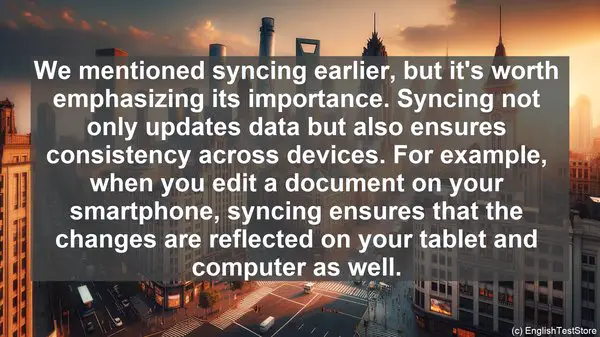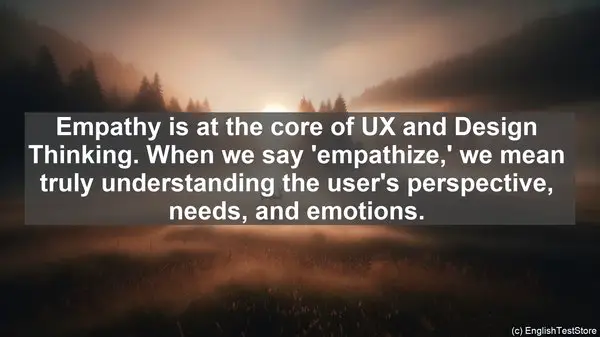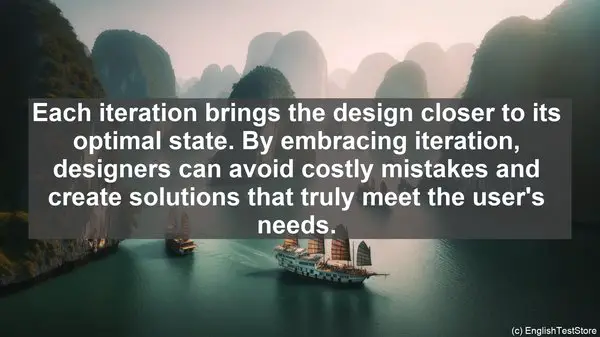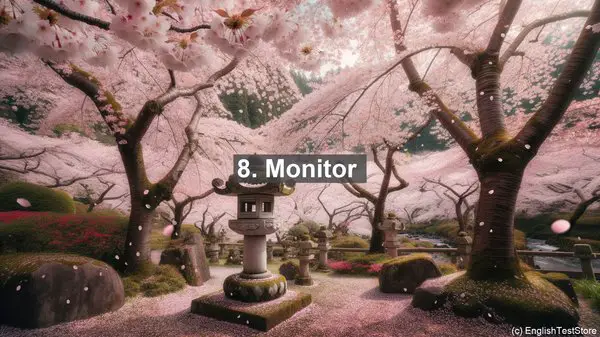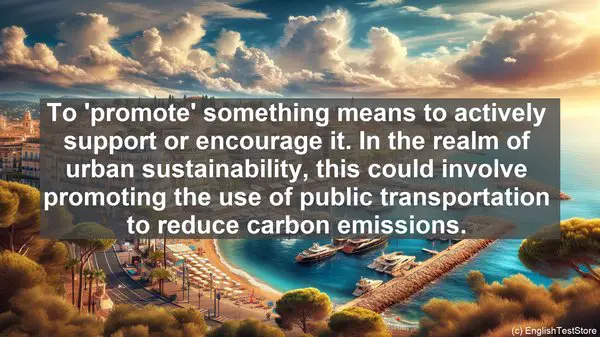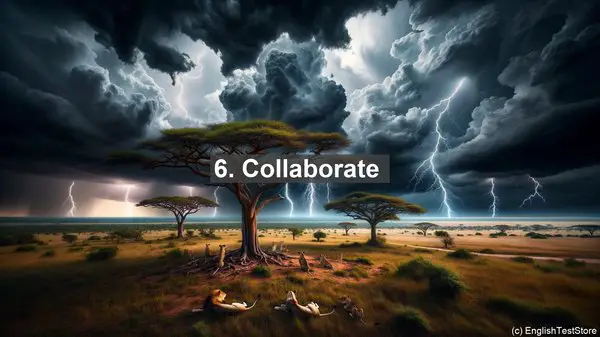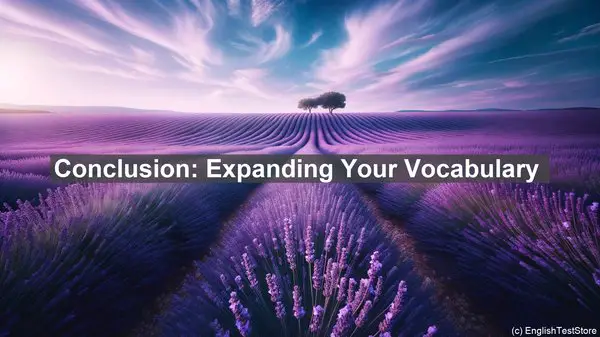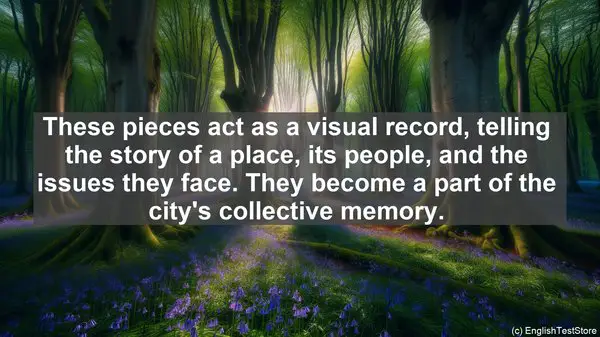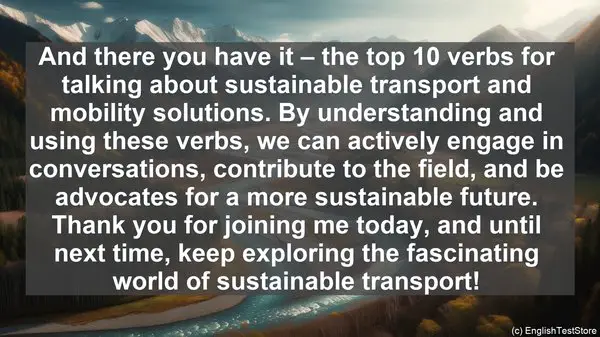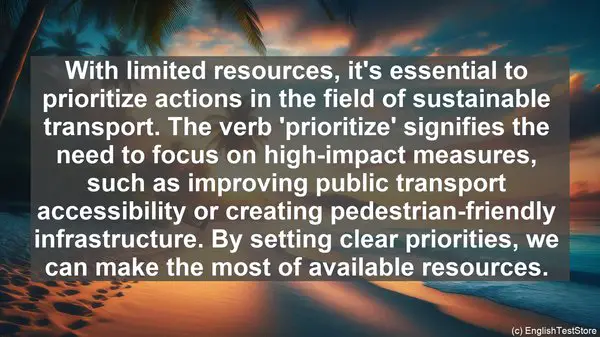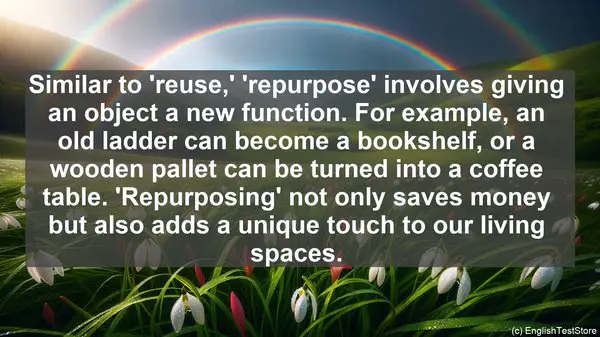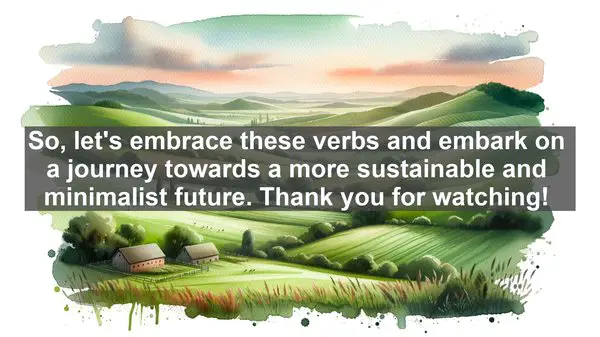1. Wander
To wander is to roam aimlessly, to explore without a fixed destination. It encapsulates the essence of adventure, of getting lost in the beauty of new surroundings. Whether it’s strolling through a bustling city or hiking in the wilderness, ‘wander’ adds a touch of spontaneity to your narrative.
2. Embark
Embarking on a journey is more than just physically setting off. It signifies the beginning of an experience, the anticipation of the unknown. ‘Embark’ conveys a sense of excitement and possibility, making it an ideal verb to describe the start of any travel tale.
3. Immerse
To truly experience a place, one must immerse themselves in its culture, its people. ‘Immerse’ goes beyond mere observation; it implies active participation, a willingness to embrace new customs and traditions. It’s the verb that transforms a passive tourist into an engaged traveler.
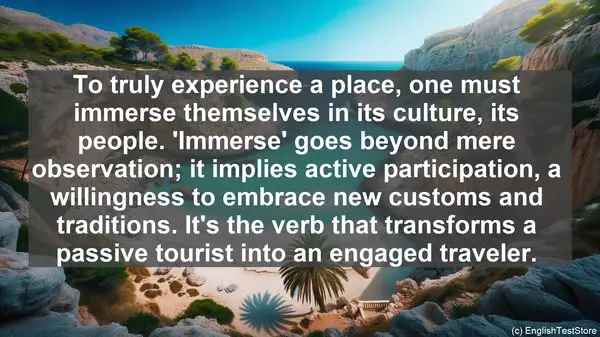
4. Traverse
Imagine a winding road, a meandering river, or a rugged mountain range. ‘Traverse’ is the verb that brings these landscapes to life. It suggests a journey filled with twists and turns, with challenges and rewards. From the literal to the metaphorical, ‘traverse’ is a verb of exploration.
5. Uncover
Every destination has its secrets, its hidden gems. ‘Uncover’ is the verb that encapsulates the joy of discovery. It’s about peeling back the layers, delving beneath the surface. Whether it’s unearthing a historical artifact or stumbling upon a quaint café, ‘uncover’ adds an element of surprise to your narrative.
6. Bask
Picture a sun-drenched beach, a tranquil meadow, or a bustling market. ‘Bask’ is the verb that captures the essence of simply being in a place, of reveling in its atmosphere. It’s about taking a moment to soak it all in, to appreciate the beauty of your surroundings.
7. Connect
Travel is not just about the places; it’s about the people. ‘Connect’ is the verb that signifies the forging of relationships, the bridging of cultures. Whether it’s a heartfelt conversation with a local or a shared experience with fellow travelers, ‘connect’ is the verb that highlights the human aspect of your journey.
8. Capture
A picture may be worth a thousand words, but ‘capture’ is the verb that brings those words to life. It’s not just about taking a photograph; it’s about encapsulating a moment, a feeling. ‘Capture’ is the verb that allows you to relive your travel experiences through imagery.
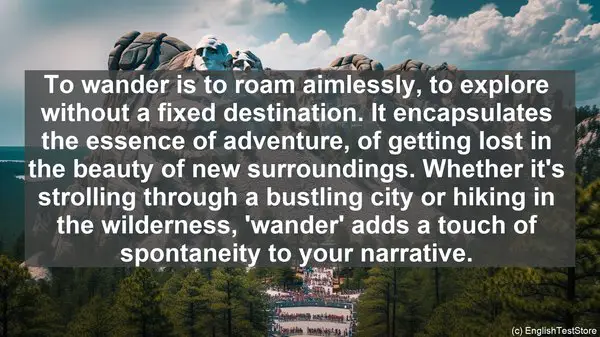
9. Retrace
Sometimes, the end of a journey is just the beginning. ‘Retrace’ is the verb that takes you back, that allows you to relive your adventures. It’s about revisiting the places, the memories, and perhaps even discovering something new in the process.


